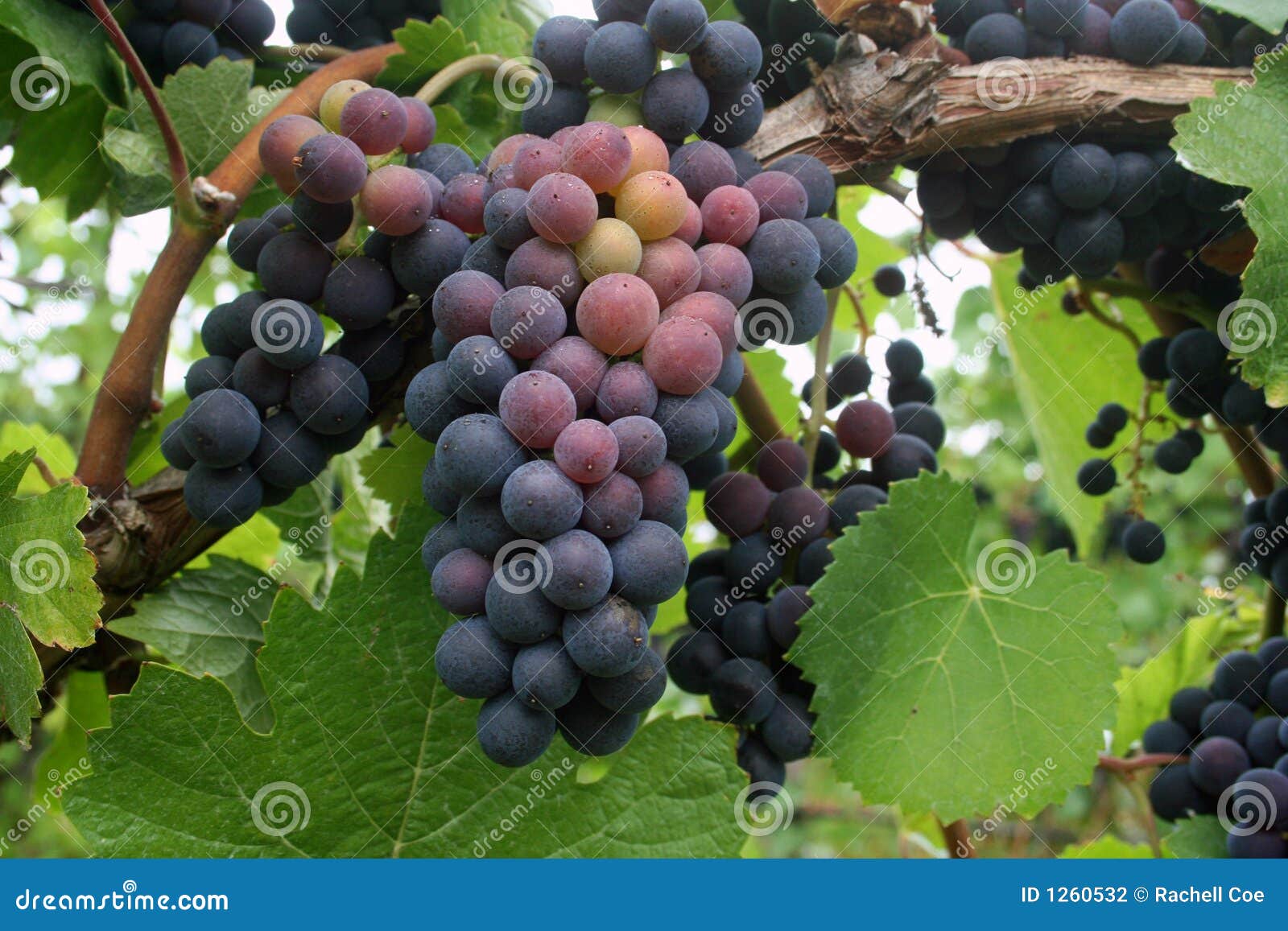
Vine vigor and previous experience will help determine the number of clusters to leave per vine. Cluster thinning allows the photosynthates (simple sugars) produced by the leaves to better nourish the remaining clusters.

To remedy this situation, simply remove some of the excess clusters (Figure 2). Seedless cultivars, such as ‘Thompson Seedless’ and ‘Black Monukka’, tend to over-crop, setting more clusters than the vine can properly mature. One-half, cane pruned (left) and one-half, spur pruned (right). Doing so will allow you to select better clusters at thinning time (Figure 1).įigure 1. If you plan to use additional practices later in the season, such as trunk girdling or cluster thinning, leave an additional amount of fruiting wood on the vine when you prune. Pruning is your first annual opportunity to determine crop load. Follow recommended pruning practices for a given variety. Removing or thinning the fruit from over-cropped vines can increase berry size and improve berry composition of the remaining clusters. Over-cropping often leads to small berry size, poor color, late maturity, and low total soluble solids or TSS (related to sugar content). Excessive fruit load or over-cropping is defined as allowing more fruit to set than the vine can ripen to the desired degree of maturity. However, “over-cropping” should be avoided.

Viticulturists should strive for a vine with leaf canopy that is adequate to support the intended crop load to the desired degree of ripeness. PruningĬrop load is defined as the amount of fruit per vine. Keep in mind that combining practices within the same growing season can maximize results.
Grape clusters trial#
Several suggested practices and field trial results are referenced here. These practices can be used to improve fruit size and quality of seedless table grapes. These include cultivar and rootstock selection, fertilization, irrigation, weed and pest control, kaolin clay application, hormones, training, pruning, trunk girdling, and cluster thinning. However, many viticultural practices can be used to improve or manipulate fruit quality. The vineyard site environment-soil, climate, and seasonal variation-influence the grape crop. Seedless table grapes are commonly grown in home gardens and on small farms throughout New Mexico. Seedless grapes are popular among consumers, with about 8 lb per capita consumed each year in the United States.

College of Agricultural, Consumer and Environmental Sciences, New Mexico State UniversityĪuthor: Extension Viticulture Specialist, Department of Extension Plant Sciences, New Mexico State University.


 0 kommentar(er)
0 kommentar(er)
